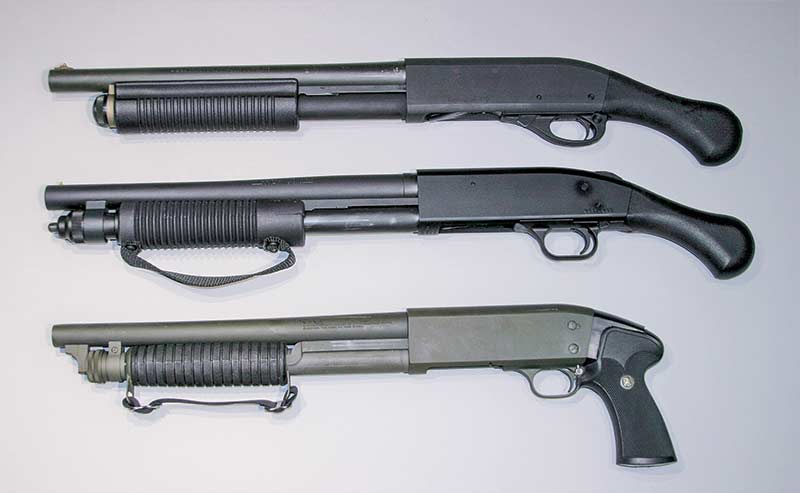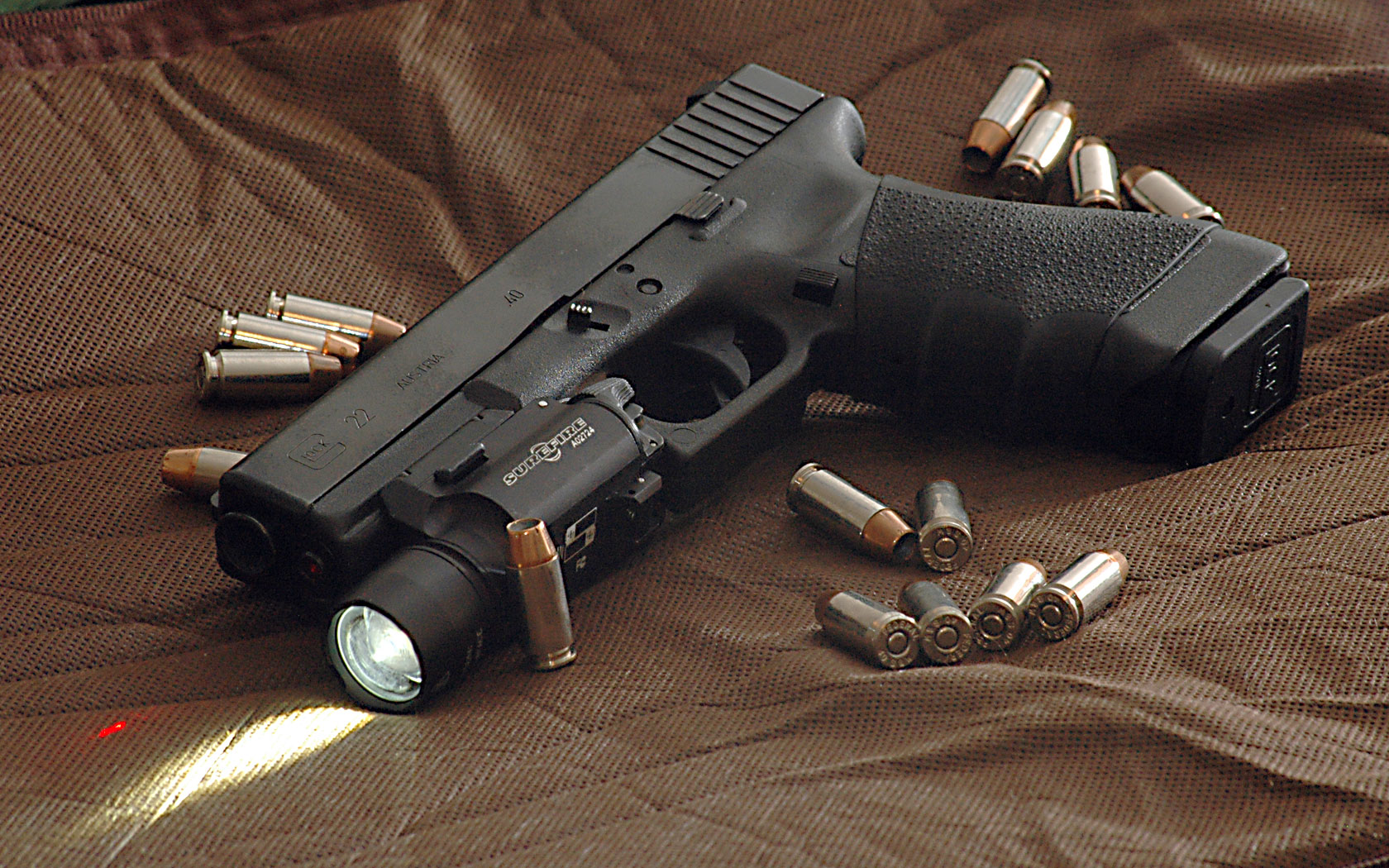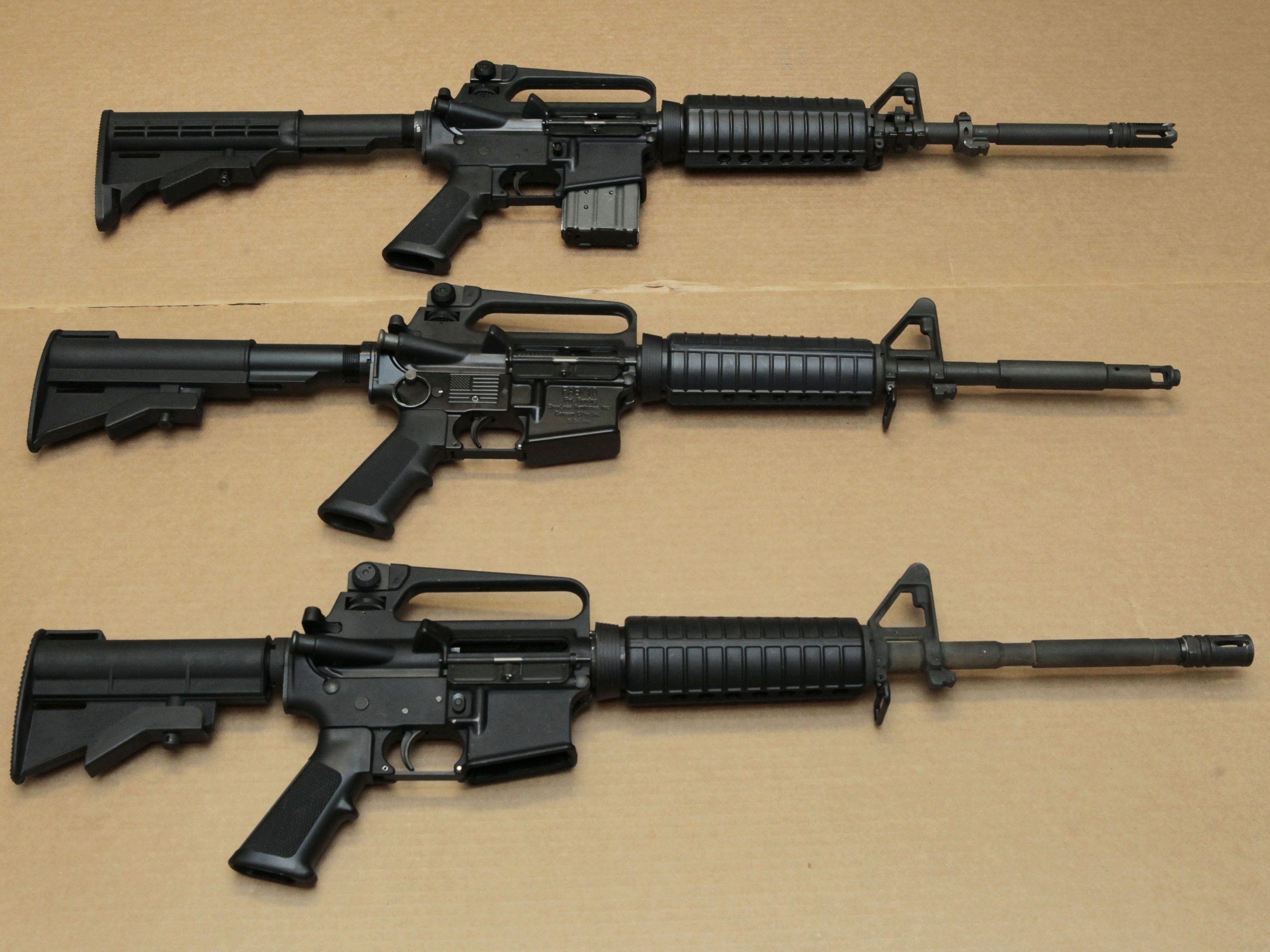Shotguns are versatile firearms widely used in hunting, sport shooting, and self-defense. They have been a part of firearm history for centuries, known for their unique ability to fire multiple projectiles in a single shot. This capability makes shotguns ideal for a variety of applications, from bird hunting to home defense. In this article, we’ll explore the history, design, types, uses, and features of shotguns.
1. What is a Shotgun?
A shotgun is a firearm that is designed to shoot a shell containing multiple pellets (shot) or a single slug at a wide pattern. Unlike rifles, which fire a single bullet, shotguns are characterized by the spread of their shot, which increases the likelihood of hitting moving or small targets, especially at short to medium range.
Key characteristics of shotguns include:
- Smoothbore Barrel: Shotguns are typically equipped with smooth barrels (no rifling), allowing the shot to spread out after firing, which increases the chances of hitting the target.
- Wide Range of Ammunition: Shotguns can fire a variety of ammo types, including shot (small pellets), slugs (single projectiles), and less-lethal rounds like bean bags or rubber pellets.
- Shorter Range: Due to the spread of the shot, shotguns are most effective at closer ranges compared to rifles, making them ideal for certain hunting situations or close-quarters defense.
2. History of Shotguns
Shotguns have a rich history, dating back to the early 16th century when firearms first began to be used for sporting purposes. Their development was driven by the need for a weapon that could hit moving targets, such as birds in flight.
- Early Development: The earliest shotguns were muzzle-loading smoothbore guns, which allowed hunters to fire multiple pellets at once, making them highly effective for bird hunting. These early shotguns were referred to as “fowling pieces” due to their primary use in shooting waterfowl.
- 19th Century: The invention of the percussion cap in the early 1800s improved reliability and reloading speed for shotguns. By the mid-19th century, the double-barrel shotgun was introduced, allowing hunters to fire two shots without reloading. Shotguns became more refined, and companies like Winchester, Remington, and Browning began producing models for both hunting and sport shooting.
- 20th Century: With the development of smokeless powder, shotguns became even more reliable, with more powerful ammunition and improved designs. Pump-action shotguns and semi-automatics became more common, making shotguns easier to reload and shoot quickly. During this period, shotguns gained popularity in military and law enforcement applications, particularly in trench warfare and close-quarters combat during World War I and World War II.
- Modern Shotguns: Today, shotguns are used for a wide range of purposes, from hunting and clay shooting to home defense and law enforcement. Advances in materials, manufacturing techniques, and shotgun ammunition have made them more versatile and reliable than ever before.
3. Types of Shotguns
There are several types of shotguns, each designed for specific purposes, ranging from hunting to tactical use. Below are the most common types of shotguns:
- Break-Action Shotguns: Break-action shotguns are the simplest and most traditional type. They feature a hinge at the receiver that allows the barrel to “break open,” allowing the user to load and unload shells. These shotguns are typically single-barrel or double-barrel designs, with double-barrel shotguns offering two shots before needing to reload. Break-action shotguns are commonly used for upland bird hunting and sporting clays. Examples: Savage Model 210, Browning Citori.
- Pump-Action Shotguns: Also known as slide-action shotguns, pump-action shotguns require the user to manually cycle the action by sliding the forearm (pump) back and forth. This allows for rapid follow-up shots, making pump-action shotguns popular for home defense, hunting, and law enforcement. Examples: Remington 870, Mossberg 500, Winchester 1300.
- Semi-Automatic Shotguns: Semi-automatic shotguns use the energy from the fired shell to automatically cycle the action and load the next round, allowing for faster follow-up shots. These shotguns are commonly used in both hunting and competitive shooting. They are available in various gauges and offer improved reloading speed compared to pump-action shotguns. Examples: Browning Auto-5, Benelli M4, Remington 1100.
- Bolt-Action Shotguns: Bolt-action shotguns function similarly to bolt-action rifles, with the user manually cycling the bolt to load, chamber, and eject shells. Although less common than pump-action or semi-automatic shotguns, bolt-action shotguns are known for their reliability and accuracy, particularly when using slugs for long-range shooting. Examples: Savage Model 24, Mossberg 500.
- Over-and-Under Shotguns: Over-and-under shotguns are a type of double-barrel shotgun with one barrel placed above the other. This design provides excellent balance and accuracy, making them ideal for competitive shooting and bird hunting. The over-and-under shotgun is often preferred by hunters who need to make quick follow-up shots. Examples: Browning Citori, Beretta 686.
- Side-by-Side Shotguns: Side-by-side shotguns feature two barrels positioned next to each other. This traditional design is often seen in classic hunting shotguns, especially for bird hunting. Side-by-side shotguns offer a more traditional, aesthetic appeal and are popular for upland bird hunting and some clay shooting disciplines. Examples: Browning BSS, Winchester Model 21.
4. Shotgun Ammunition
Shotgun ammunition comes in various forms to accommodate different types of shooting and hunting. The two most common types of shotgun ammunition are shot and slugs.
- Shot: Shot is the most common ammunition for shotguns. It consists of small pellets, usually made of lead or steel, that spread out upon firing, increasing the chance of hitting a target. Shot is used for bird hunting, clay pigeon shooting, and small-game hunting. Shot size is classified by numbers, with larger numbers indicating smaller pellets (e.g., #9 shot is smaller than #4 shot). Steel shot is commonly used for waterfowl hunting due to environmental regulations.
- Slugs: Slugs are solid projectiles designed for use in shotguns when shooting at larger targets. Unlike shot, slugs provide a single, heavy projectile that can be used for hunting big game or for self-defense. Slugs are more accurate than shot at longer distances, making them suitable for hunting larger animals like deer or for tactical applications. Examples: Remington AccuTip, Winchester Partition Gold Slug.
5. Uses of Shotguns
Shotguns are highly versatile firearms, used in a variety of applications:
- Hunting: Shotguns are commonly used for hunting birds (e.g., ducks, pheasants, turkeys) and small game (e.g., rabbits, squirrels). The spread of the shot allows hunters to hit moving targets, such as birds in flight. Slugs are used for hunting larger game, such as deer, especially in areas where rifles are prohibited.
- Sport Shooting: Shotguns are popular in shooting sports like skeet shooting, trap shooting, and sporting clays. These sports require the shooter to hit flying targets with precision and speed. Different types of shotguns are used for these activities, with break-action, over-and-under, and semi-automatic models being the most common choices.
- Home Defense: Shotguns are often used for home defense due to their power and effectiveness at close range. The spread of the shot increases the likelihood of hitting an intruder, and the booming sound of a shotgun being chambered can also serve as a deterrent. Pump-action shotguns, in particular, are favored for home defense due to their reliability and ease of use. Examples: Mossberg 500, Remington 870.
- Law Enforcement and Military: Shotguns are used by law enforcement and military personnel for crowd control, breaching doors, and close-quarters combat. Shotguns in tactical settings are often equipped with less-lethal ammunition, such as bean bags, rubber bullets, or breaching rounds designed to disable doors or locks. Examples: Benelli M4, Remington 870 Police.
6. Key Features of Shotguns
When choosing a shotgun, there are several features to consider, depending on its intended use:
- Gauge: The gauge of a shotgun refers to the diameter of the barrel and the size of the ammunition it can fire. Common gauges include 12 gauge (the most popular), 20 gauge (a lighter option for smaller game and younger hunters), and 410 bore (a small-caliber option for beginner hunters or small game).
- Barrel Length: The length of the shotgun barrel can affect accuracy and handling. Longer barrels generally offer better accuracy for long-range shooting, while shorter barrels are easier to maneuver in tight spaces and are ideal for self-defense.
- Chokes: A choke is a constriction at the muzzle of the shotgun barrel that controls the spread of the shot. Different chokes (e.g., full, modified, improved cylinder) are used to modify the pattern of the shot for specific hunting or shooting applications.
- Stock Type: The stock of a shotgun affects comfort and accuracy. Shotguns come with different stock designs, including traditional wood stocks, synthetic stocks, and adjustable stocks that can be customized for different shooters.
7. Conclusion
Shotguns are an iconic and versatile type of firearm, offering wide applications in hunting, sport shooting, self-defense, and law enforcement. Their unique ability to shoot multiple projectiles at once, combined with a variety of ammunition options, makes them invaluable for a range of shooting activities. Whether you’re a hunter pursuing game, a sports shooter competing in clay shooting, or someone looking for a reliable home-defense weapon, the shotgun remains a top choice for many firearm enthusiasts. With their long history and continuous innovation, shotguns are sure to remain a staple in the firearms community for years to come.



